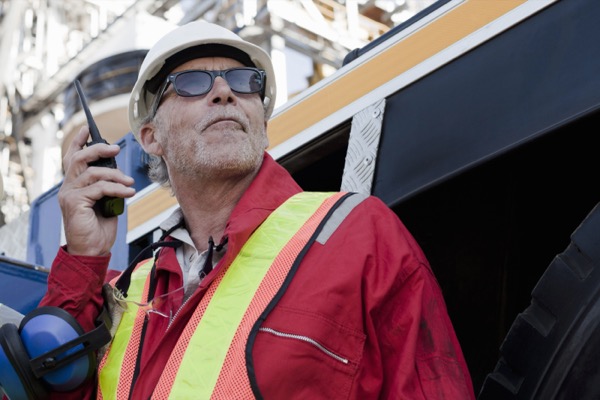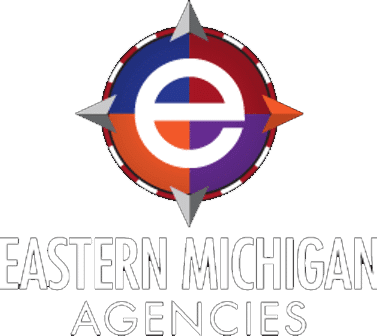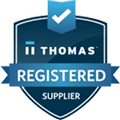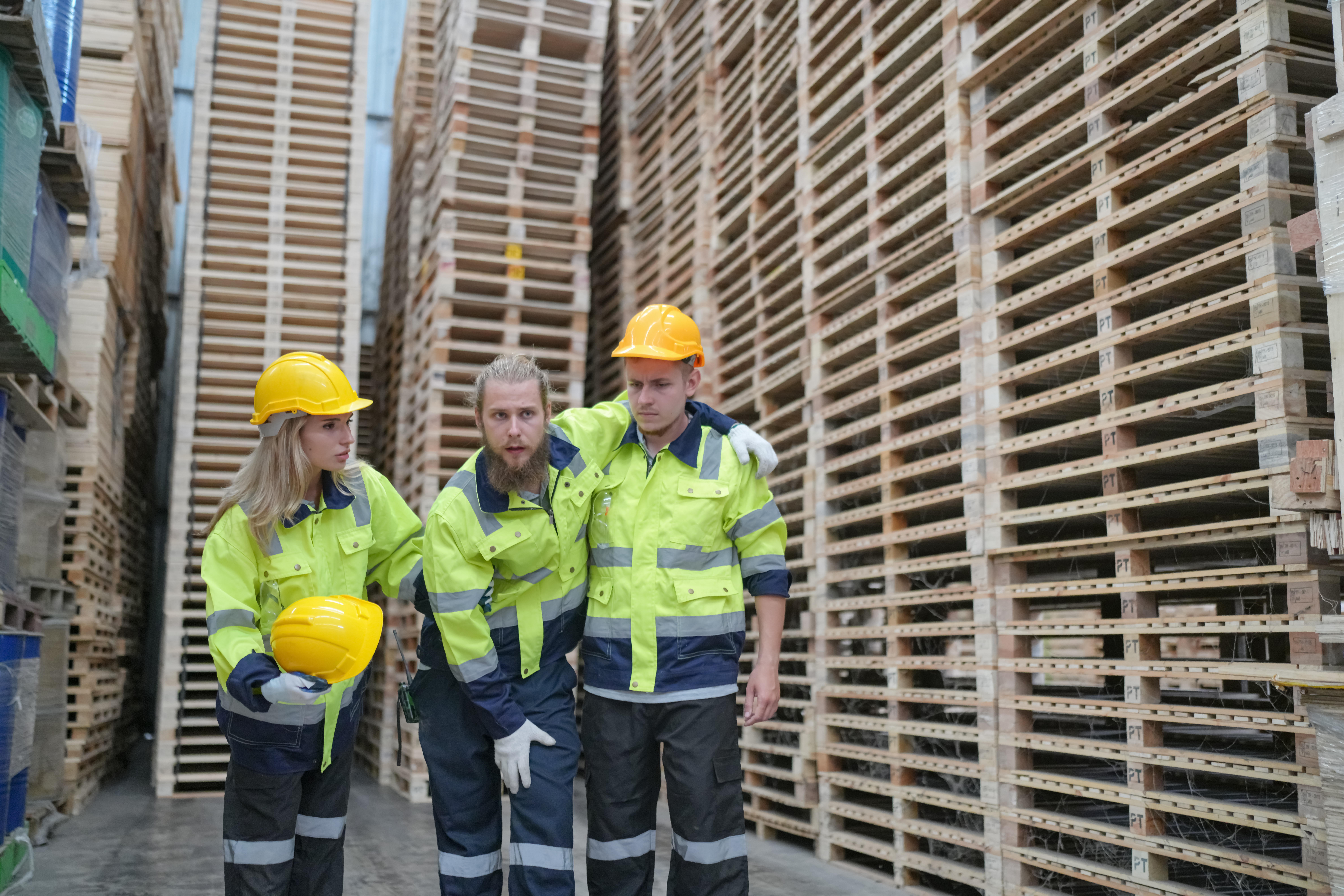
In the fast-paced and ever-changing landscape of the modern work environment, the safety of employees stands as a critical pillar. To ensure both security and productivity, it is crucial to tackle the often-neglected issues of slips and trips in the workplace with a robust and comprehensive management plan.
The journey towards a safer workplace begins with the identification of potential hazards. A proactive safety strategy is rooted in the regular monitoring of the work environment and the education of employees. By focusing on common risks such as wet floors, uneven surfaces, or cluttered pathways, and placing hazard identification at the forefront, we can cultivate a more secure environment for everyone.
The framework of safety is reinforced by clear reporting protocols. When every employee is versed in the procedures to report a slip or trip, swift action can follow. Prompt reporting is not just a means to rectify an immediate risk; it’s a proactive measure to avert future mishaps.
Responding to incidents with speed and efficiency is imperative. Effective response measures, such as isolating the area, addressing spillages immediately, and correcting hazards without delay, showcase an organization’s dedication to the well-being of its workforce.
Moreover, regular training sessions are the cornerstone of empowering employees. These sessions stress the importance of vigilance and teach the correct methods to respond to potential dangers, thereby fostering a sense of confidence and responsibility among the staff.
Maintaining meticulous records of each incident is a practice that yields continual improvement. These records serve as a crucial tool in the ongoing process of refining safety protocols and strategies, ensuring that safety measures evolve to be ever more effective.
A collaborative approach is key to cultivating an inclusive safety culture. Engaging with employees, valuing their feedback, and incorporating their suggestions leads to the creation of safety solutions that are not only effective but also customized to the unique needs of the workforce.
In conclusion, an effective strategy to manage workplace slips and trips is multifaceted. It integrates diligent hazard identification, immediate reporting, quick response, thorough training, conscientious record-keeping, and active employee engagement. At the heart of this strategy lies a steadfast commitment to maintaining a safe and productive work environment for all.



